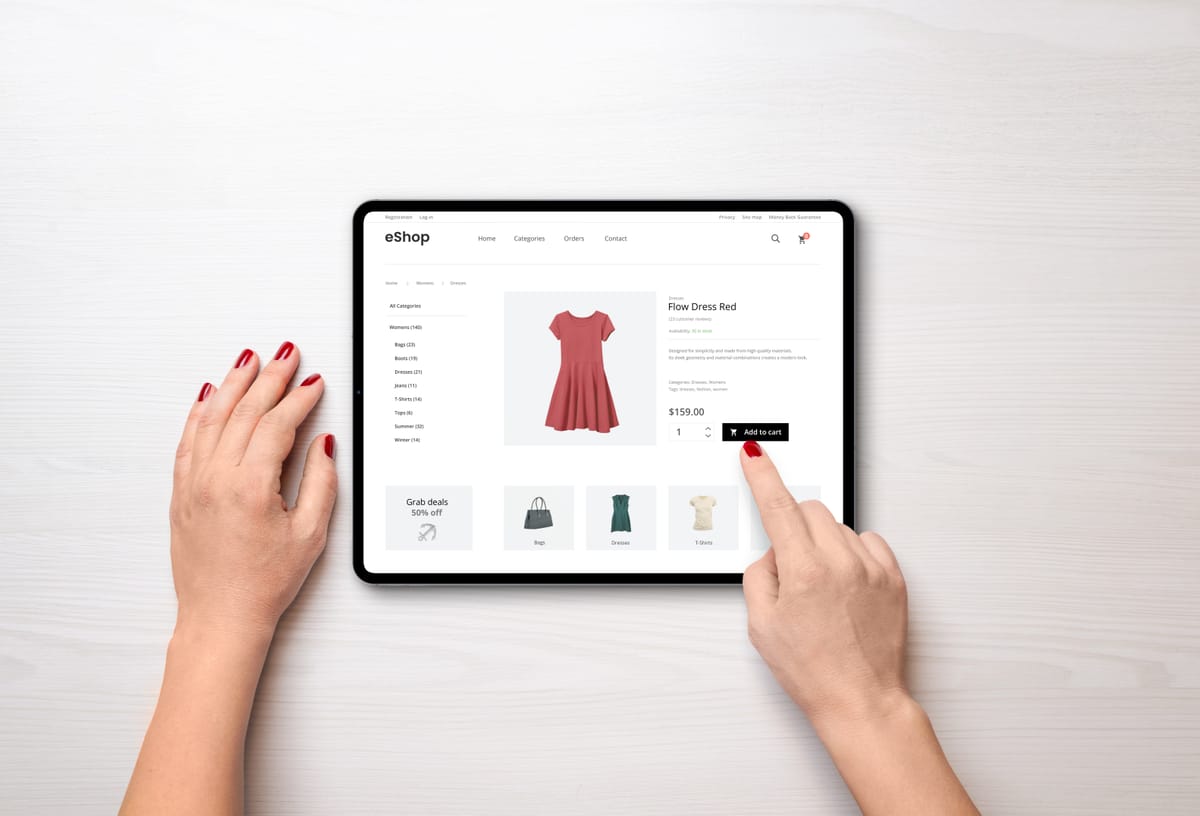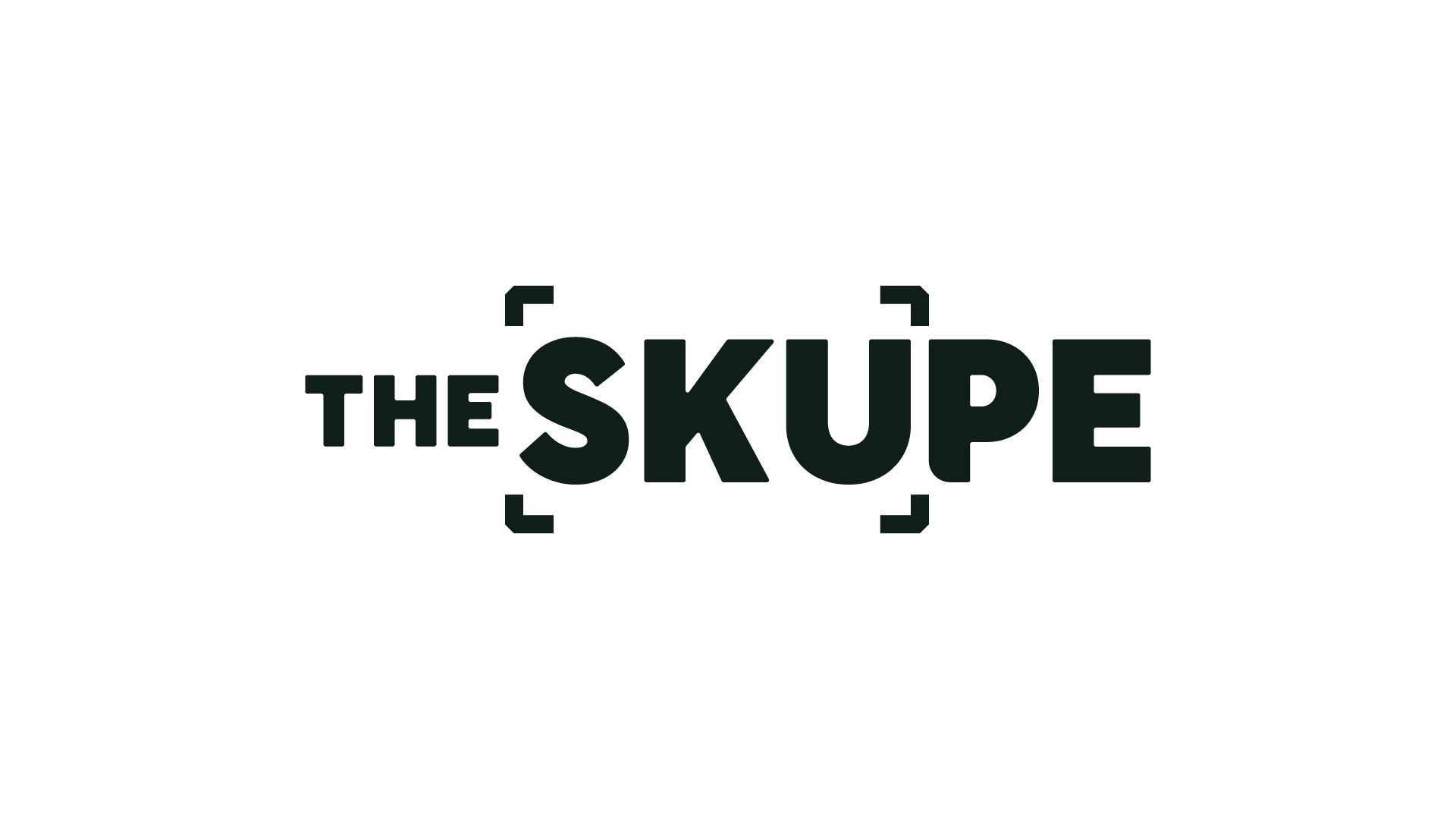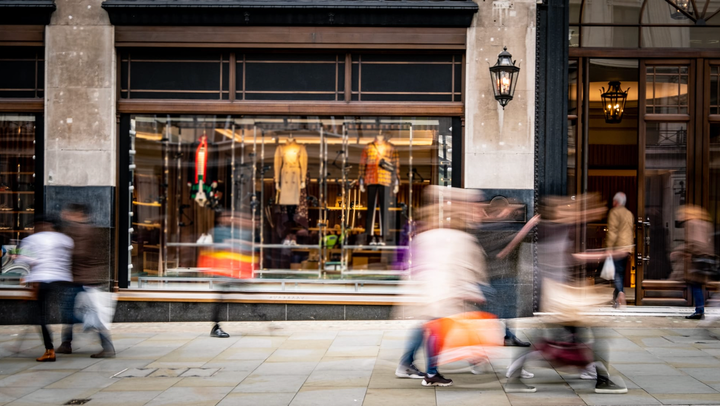Retail's tariff whiplash
Plus: Retail’s once-feared disruptor grows up | Using reviews to your advantage

E-comm, disruptor no more? It’s no longer destabilizing the retail landscape as physical and online stores have figured out how to work in concert. E-commerce startups have also figured out how to harness review culture and turn it into revenue. Also this week, Cannes bans the naked dress, luxury retail is adopting a members-only strategy and 145% tariffs on Chinese goods are on pause—cue exhale. Speaking of tariffs, we talked to Jiayi Lyu, director of Canadian bra brand Understance, to learn how their clear communications strategy has calmed U.S. customers as they navigate operational and cost challenges. Let’s jump in.

Over and above. Mom went viral thanking the retail employee who prevented her son’s meltdown.
Cannes, cannot. The French film fest bans both nudity and voluminous trains.
Power breakfast. Tory Burch’s foundation honored Martha Stewart at the ultimate who’s who.
Made in USA. The label is trending on Amazon as sellers seize the day.
Ride share. Lyft’s CEO reveals why he regularly gets in the driver’s seat.

Tariff tutorial: This Canadian company nailed communications with U.S. customers
Like many retailers abroad, Understance, a Canada-based bra company, has been grappling with the effects of Trump’s tariffs whiplash. With half its customers based in the U.S., the company had to act fast when import duties were first announced — and again when the de minimis exemption (which allowed orders valued at $800 or less to be duty-free) was eliminated. Director Jiayi Lyu shares how the e-commerce brand, which has physical stores in Canada, has maintained its customer-first approach during the chaos. –Marcy Medina
How has U.S. trade policy affected your operations and U.S. sales?
The removal of de minimis in February was announced about two days before it was implemented. We did not have enough time to revise our workflow to comply with the new regulations, so we paused U.S. shipping. We sent an email to our subscribers informing them of the changes; we worked with our customs broker to coordinate tariff collection and remittance and made changes on our website to ensure compliance. The removal of de minimis was implemented on Feb. 2 and reversed on Feb. 5. As soon as the reversal was announced, we resumed U.S. shipping. As a response to the instability in the U.S. market, we shifted our operations away from it. We paused ad spend in the country and diverted retail store openings to the domestic market. Up until February, about half of our customers were based in the U.S. In the following three months, under 40% of our customers were based in the U.S.
What is your communication strategy amid the constant changes?
Our top priority is being transparent with our customers. We're closely monitoring the situation and keeping our community informed about potential changes that may affect them as the regulations evolve. Our commitment, now and always, is to provide high-quality undergarments at an affordable price.
How have customers responded?
Our customers have been very supportive and understanding throughout this process. We’ve had the occasional customer who conflated our tariff compliance with taking a political stance, but most understand that tariffs are a government regulation that businesses have very little say in. One of our customers has organized a protest at the White House to advocate for small businesses. In times like this, we are surprised by how much our customers would do for us—it’s just bras after all—but we are grateful for the reminder that support is bigger than a garment.
What in particular has worked well for Understance, and what would you recommend for other retailers facing similar issues?
We've found that breaking down the complexities of the tariffs in a clear and concise manner has helped our customers understand the situation. Specifically, we've used social media and email newsletters to keep our community informed, providing regular updates and explanations of how the tariffs are impacting the price points of our products. Our recommendation is to always prioritize transparency and open communication with customers. A few tips include:
Be proactive. Don't wait for customers to ask questions—anticipate their concerns and address them upfront.
Use clear language. Avoid using jargon or technical terms that might confuse your customers. Instead, use simple, straightforward language to explain the situation.
Choose the right channels. Use the channels your customers are most active on to communicate with them. For us, social media and email newsletters have been effective.
Empathy. Show that you're committed to finding solutions that work for them.

E-comm cools down as physical stores drive core retail sales
E-commerce, disruptor no more? Instead of destabilizing the retail landscape, online retail has found its pace as explosive growth in the channel has given way to steady growth. That’s according to two retail research analysts at Colliers, who found that physical store sales still account for more than 76% of core retail sales. Brands have realized that brick-and-mortar stores are critical for survival and growth. Stores helped enable about a third of online sales via in-store pickup and ship-to-store, and have also become an important channel for returns.
Why this matters: If you can’t beat ‘em, join ‘em. That’s how brands responded to Amazon by launching their own e-commerce operations. As the channel has evolved, physical stores are back in the mix, now working in concert with online sales. Don’t ignore one channel in favor of another. (Retail Dive)
Five ways to turn customer reviews into revenue
Last week, we looked at how brands make negative reviews work for them. This week, Inc. digs deeper into that strategy, talking to startup leaders about how customer testimonials can drive growth as much as advertising. Make sure everyone at the company can see the reviews in order to troubleshoot. Scout reviews for new ideas and let customer feedback inform messaging; the best reviews can become actual ads. Finally, personalize your response; customers like to know a human is listening.
Why this matters: With customers tightening their wallets, crowd-sourced approval is more critical for startups that have fewer resources to help them stand out. Fortunately, consumers are also now more apt to share the good and bad with brands. One CEO says, “The culture of reviews has become more prevalent. Now, it’s a real form of holding companies accountable.” (Inc.)


The retail podcast you don't want to miss
The Retail Razor Podcast is where retail professionals stay sharp in a world where technology moves faster than the retail industry. Hosted by leading industry voices Ricardo Belmar and Casey Golden, each episode delivers practical insights into what’s working, what’s not, who’s winning, and how to integrate technology with the human connection without losing momentum. If you're ready to move faster, make smarter decisions, and stay ahead of the curve, tune in to the latest episode with guest Ron Thurston, discussing his new book, Human Pride, and how to lead and grow your retail career in the age of AI.
Listen to the latest podcast or subscribe to the Retail Razor newsletter.

Matches Fashion to become the Soho House of retail?
B2B pre-owned luxury resource Reklaim launches DTC
JCPenney links with Ashley Graham for plus-size line
Handling paper receipts could be hazardous to your health
Americans spent an estimated $34.1B on Mother’s Day

How retailers can make a positive impact on the planet
Amid market turbulence, retailers are embracing sustainable initiatives, says Nicole Rycroft, founder and executive director of Canopy, an award-winning non-profit aiming to preserve forests and bring low-carbon, circular alternatives to market at scale. The industry is adopting circular and next-gen materials like agricultural waste and recycled textiles to create packaging and products, which is helping to shift the supply chain away from trees. By 2030, such materials are projected to comprise 10% of the fiber market.
“Rather than being a burden, sustainability initiatives are helping insulate retailers through the current volatility – helping them to mitigate supply chain risk, meet growing regulatory requirements, improve efficiencies and reduce and stabilize costs." –Nicole Rycroft, Canopy
Why this matters: For those who believe in saving the planet rather than depleting its natural resources and further destroying the ozone layer, circular manufacturing and alternatives to forest fibers are critical. Companies like Reformation, Lush, H&M and LVMH are already using next-gen fibers, which can create new revenue streams for farmers who already have agricultural waste. Consider swapping paper products for something more eco-friendly. Read the full article here.

Traffic jam: the world’s most visited websites
What is the world's most popular website? If you guessed Google, you’re correct. With 136 billion monthly visits and 6.3 billion unique monthly visitors, its closest competition is YouTube (72.8B monthly visits), which it owns. ChatGPT ranks at #9, behind familiar sites Facebook, Wikipedia, Instagram, Reddit and… Pornhub. Meanwhile, TikTok ranks #20 with 2.5B monthly visits. And despite the rebrand, some users still go to Twitter.com, which redirects to X.
Why this matters: Google and YouTube are important marketing channels for just about everyone. Remember, SEO is still important, even as GEO and ChatGPT grow in importance. And with YouTube by far the most popular streaming service, you’ll find more eyeballs there than on traditional networks or even Netflix. (Visual Capitalist)

U.S., China agree to roll back tariffs for 90 days
Another day, another tariff announcement. This time, it was coming from U.S. Treasury Secretary Scott Bessent and U.S. Trade Representative Jamieson Greer after a weekend meeting in Geneva between the U.S. and China. The U.S. will lower tariffs on Chinese goods from 145% to 30%, and China will lower tariffs on U.S. goods from 125% to 10%. This policy is in effect for 90 days while talks continue.
Why this matters: Trump plans to speak to Chinese President Xi Jinping this week. FT’s U.S. trade correspondent Aime Williams said that U.S. officials “don’t actually want a decoupling of the world’s two biggest economies and so a reset was needed.” The stock market thought so too, and it soared back to bull territory on Monday. (Financial Times)

Thanks for reading this week's edition!
You can reach the newsletter team at theskupe@mynewsletter.co. We enjoy hearing from you.
Interested in advertising? Email us at newslettersales@mvfglobal.com
The SKUpe is curated and written by Marcy Medina and edited by Bianca Prieto





Comments ()